Many people wonder what it is about smoke that makes food so delicious. How does smoke flavor or season meat? Smoking meat can be traced back for centuries, although it has been more modernized over the years. Smoked meat offers unique flavors, depending on the type of wood you choose to use – from oak, cherry, mesquite, hickory, etc.
Both amateur and professional smokers agree that the art of smoking meat is one that requires patience and technique.
Table of Contents
What Exactly is Smoke?
The small volatile organic unburnt wood particles break down and become smoke when burning. This creates distinctive flavors that cannot be copied by preparing food in an oven.
The primary factors of smoke from burning wood are those generated when lignin (a polymer of wood) burns:
- Syringol – an oil that is the fundamental aroma when food is grilled or smoked.
- Guaiacol – a fragrant liquid or solid from burning wood.
How Does Smoke Flavor Meat?
The absorption of smoke by meat is defined by several remarkable chemical processes. The smoke (or gas-born) particles, through the process of thermophoresis, move from a warm surface to a cooler surface.
Because raw meat is cooler than the fire’s rising air, the smoke becomes attracted to the uncooked food. In addition, meat with a wet surface will trap flavors created by smoke. The fat, proteins, and water in the uncooked meat can capture a different flavor profile created by the smoke.
Smoke does not penetrate the meat, so the flavors created by smoke remain near the meat’s surface. A small amount of smoke does find its way into the first quarter inch of the meat – creating the sought-after pink smoke ring.
Chemicals like nitric oxide within the smoke react with the iron contained in the meat, causing the pink smoke ring. Eventually, residual sugar and proteins fuse together, creating the signature crusty bark of smoked meat.
The Bottom-Line
To create a smokier food flavor, it pays big dividends to either use a rub or wet the meat – or both.
Good Smoke vs. Bad Smoke
Before you begin to add your meat to a professional smoker, be sure it is generating the right kind of smoke.
The reality is that most people find out the hard way that not all smoke creates good, flavored meat. Thin, blue smoke will create delicious flavors. Smoke that should be avoided is that which creates bitterness followed by an oily aftertaste.
Bad smoke happens for a number of reasons. For example, to avoid bad smoke, do not use wood that has been treated in any way. In addition, the wood source cannot have high amounts of resin. Too much smoke may cause unpleasant tasting food. And high temperatures can break down the wood further, generating chemicals that cause unpleasant flavors.
The Right Smoke Requires Patience
A hot fire doesn’t mean it is ready to smoke your food. An initial fire generally emits white smoke, which changes to a blue gray smoke when provided with enough oxygen airflow as the fire burns hotter. It is essential to allow the wood to burn hot enough until it produces the blue smoke that makes classic smoked BBQ meats.



















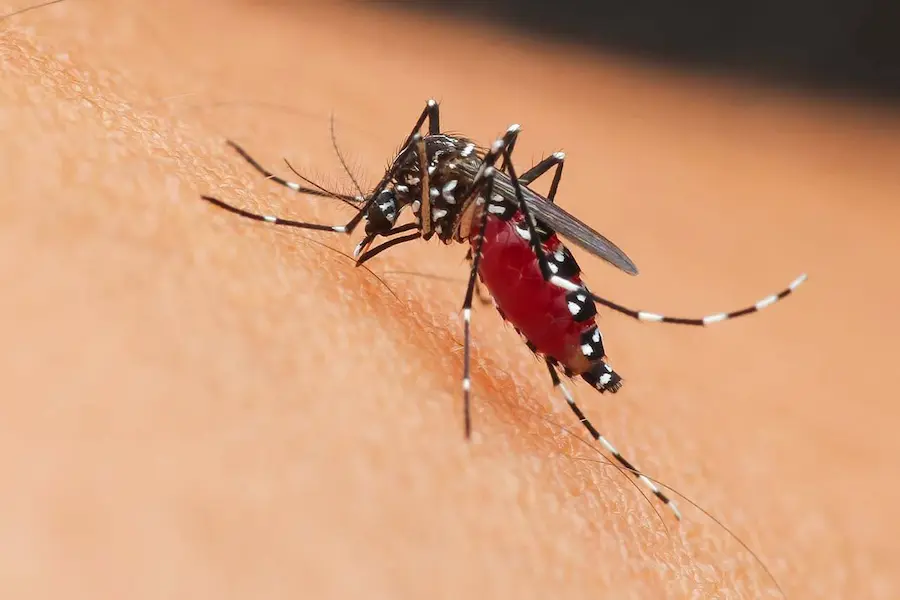












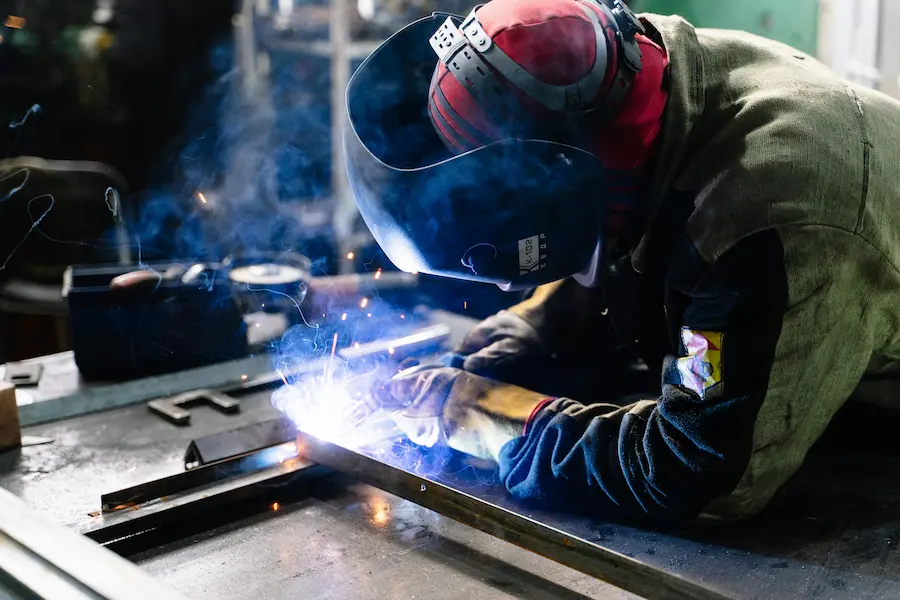

















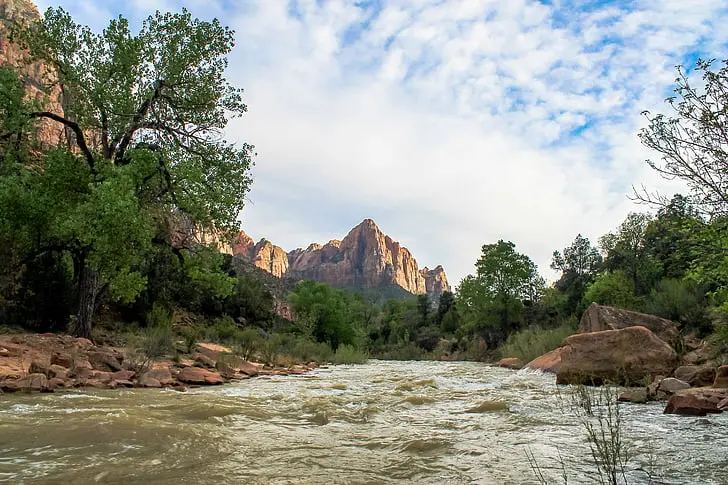


















































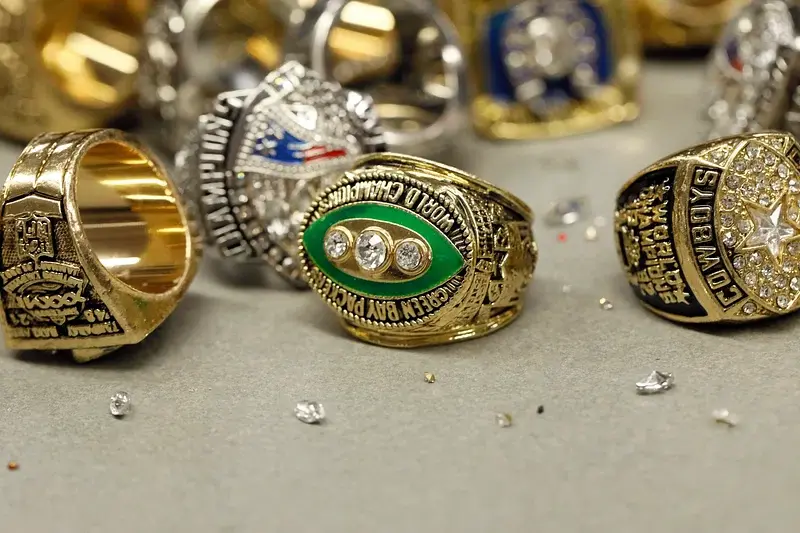


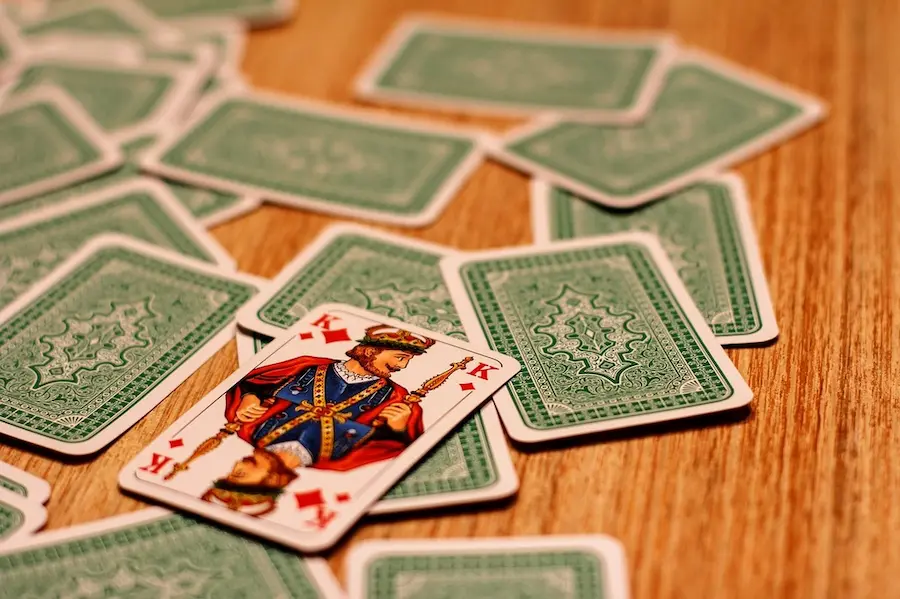







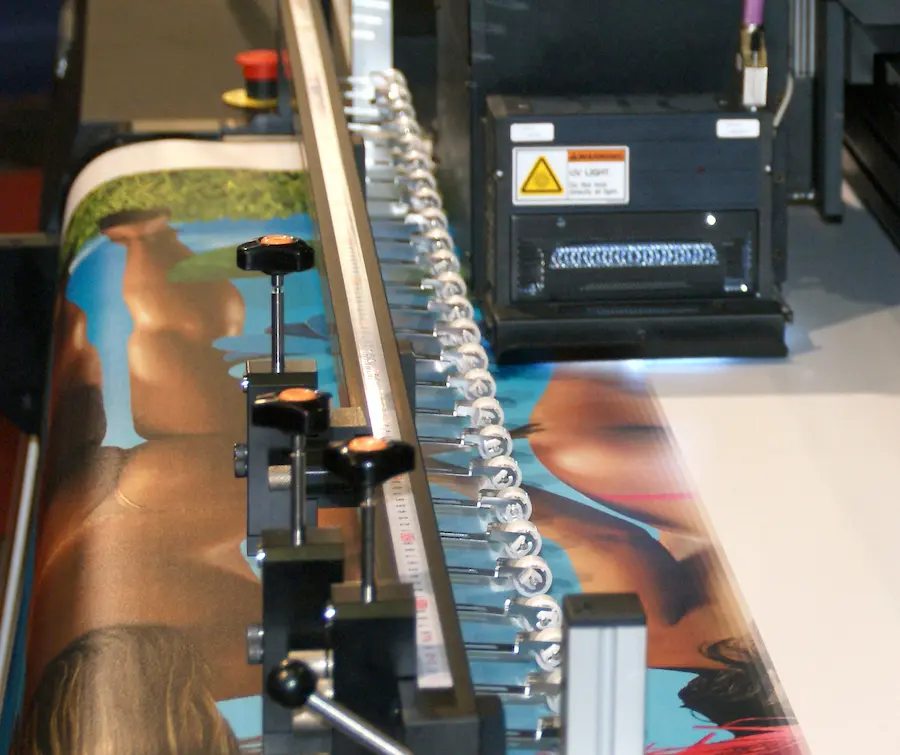























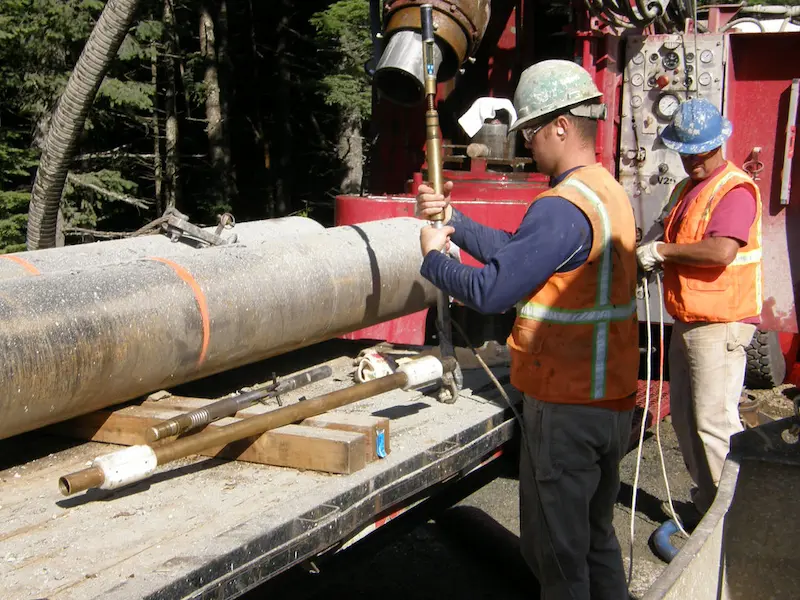




































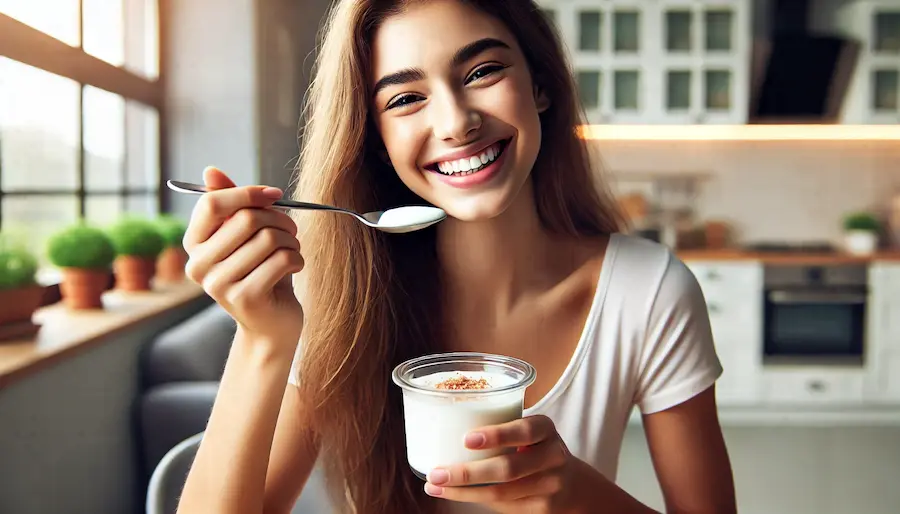




















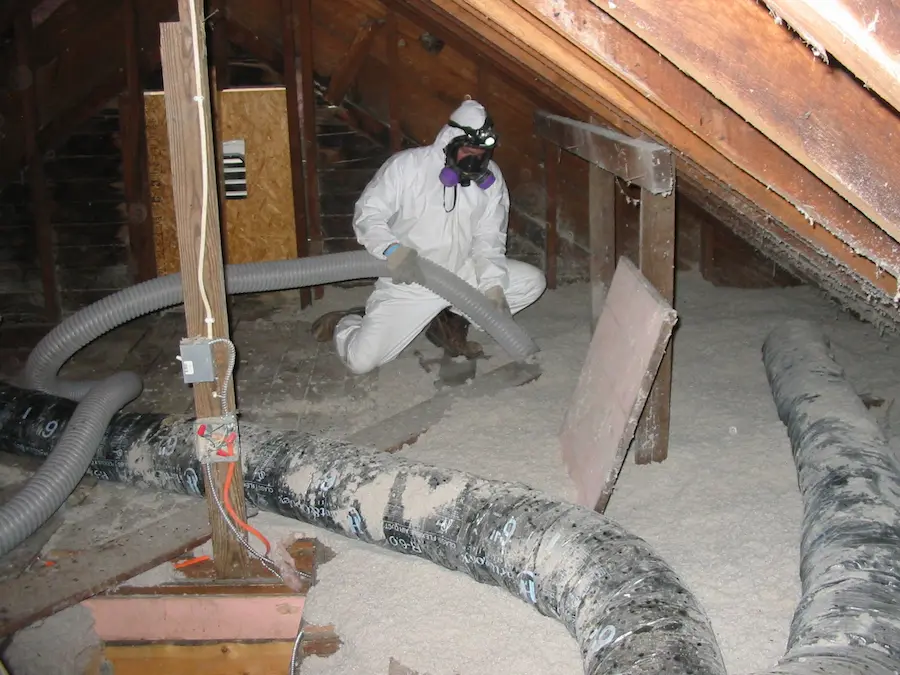


















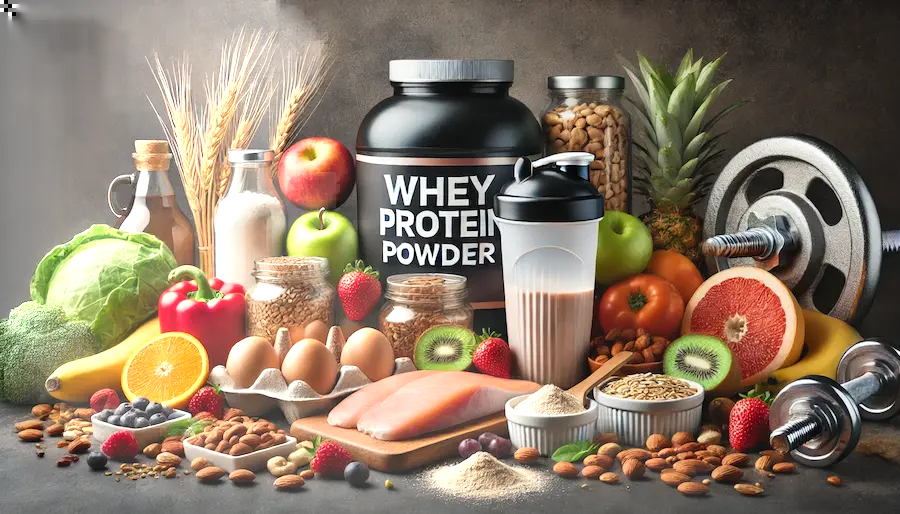




































































































































































































































































































































































































































































































































































































































































































































































































































































































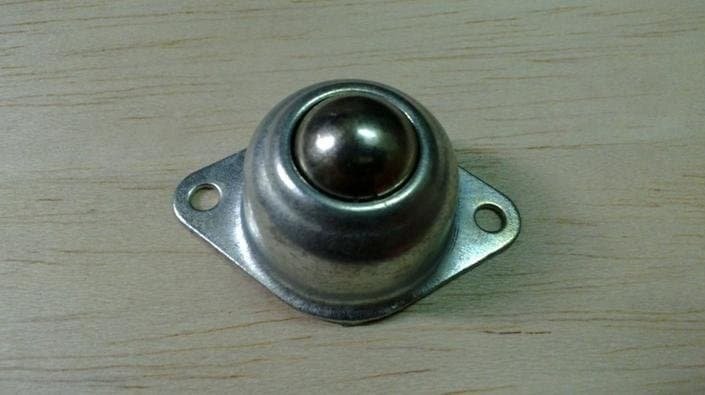

















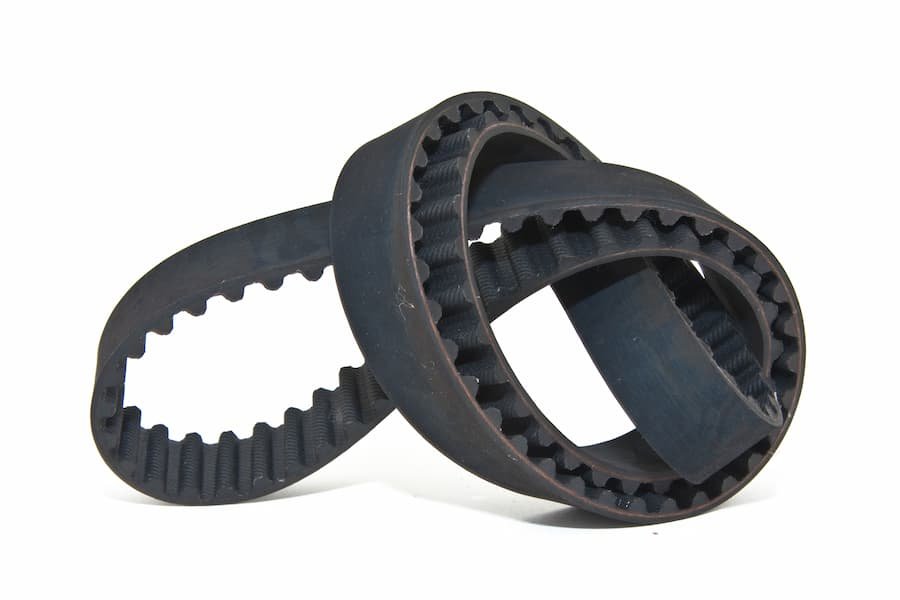












































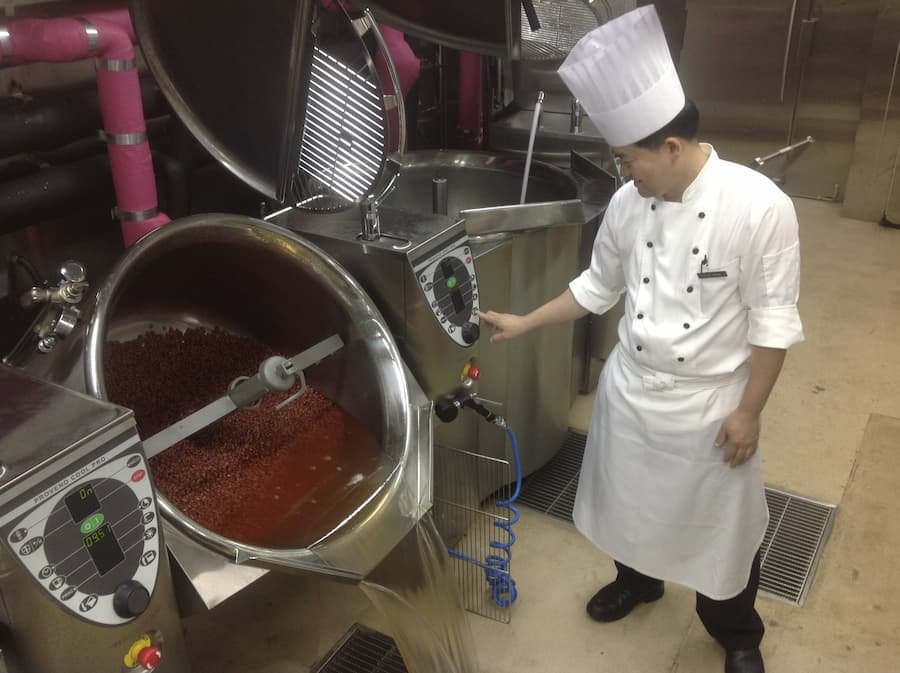




































0